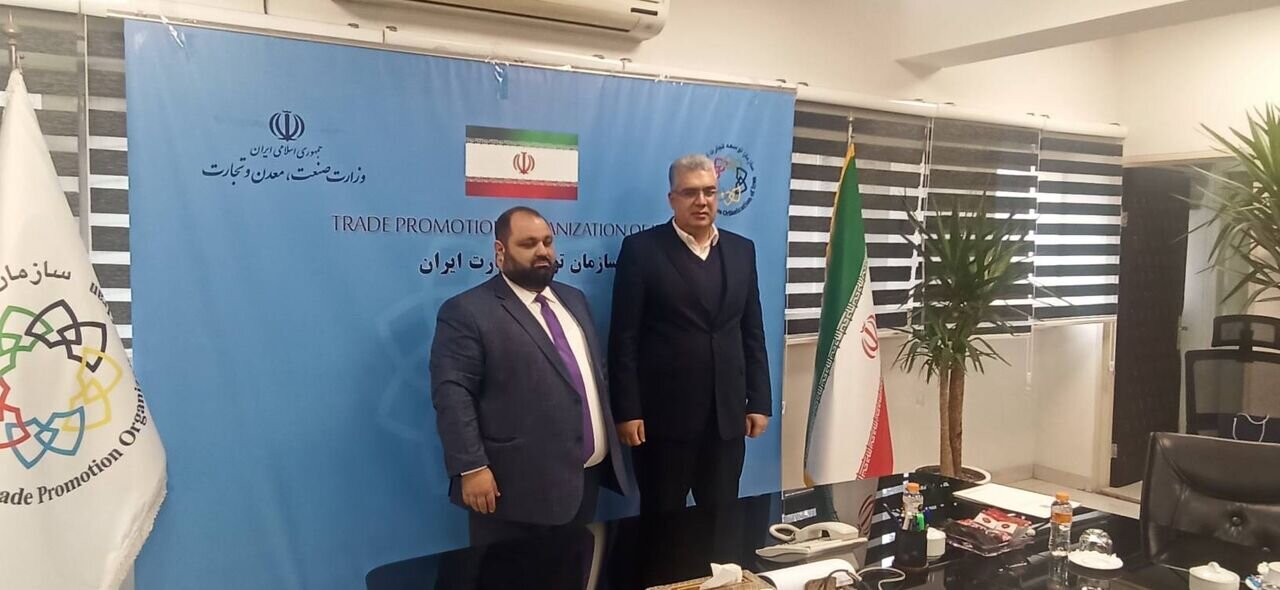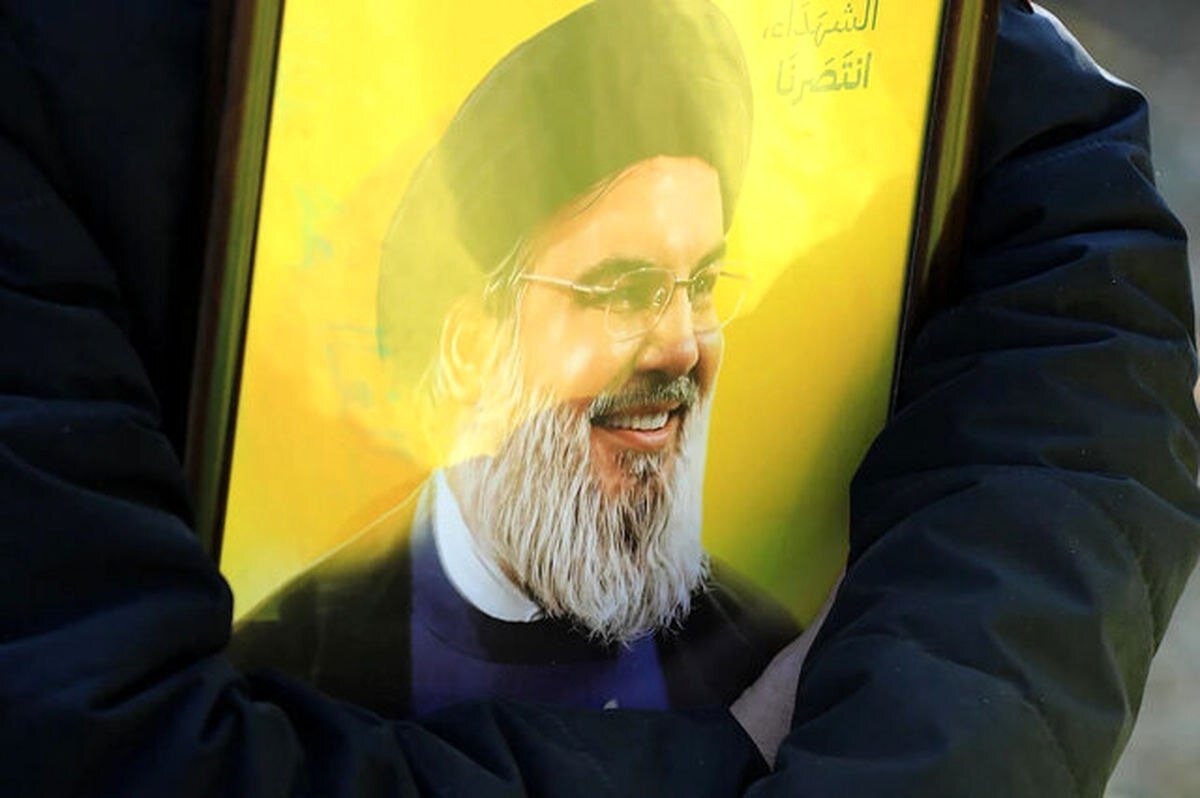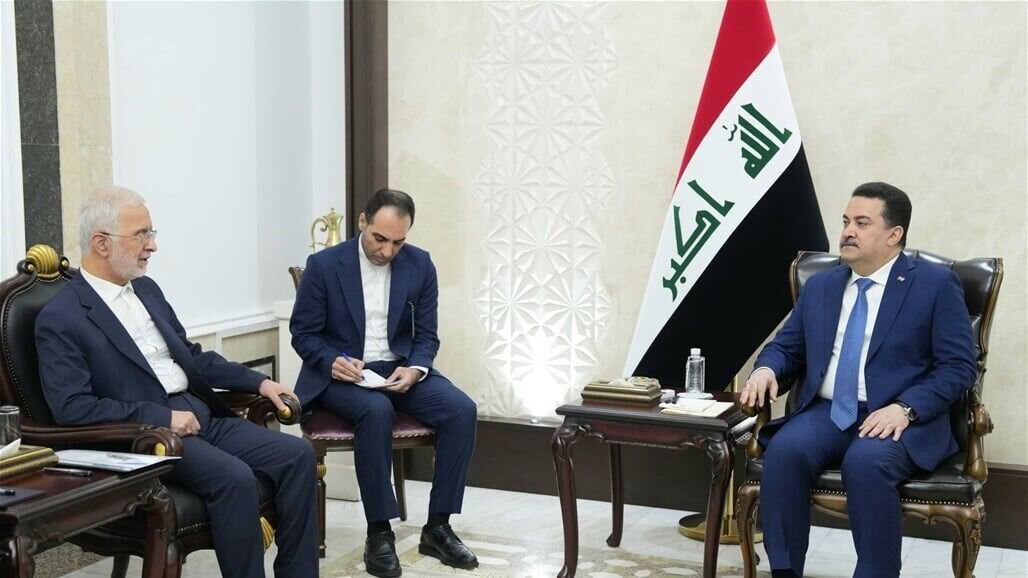
TEHRAN The Director-General of Cultural Heritage, Tourism, and Handicrafts of Fars, Mohammad Sabet Eqlidi, announced on Thursday that 46 stationary and 555 movable cultural properties from Fars province have been formally signed up in Irans national heritage list.Speaking to reporters, Sabet Eqlidi discussed that 50 archaeological sites in Fars, including mosques, mansions, baths, water channels, and ancient engravings, were reviewed by the National Council for the Registration of Historical Sites.
Of these, 46 were considered eligible for nationwide recognition.Additionally, the registration covers significant historical objects.
In a recent session of the National Heritage Registration Council in Shiraz, 558 case files for movable artifacts from both public and private museums were reviewed.
Of these, 555 products were authorized for inclusion on the nationwide heritage list.Notable products include 100 historic coins minted in Shiraz, 50 palm-shaped amulets, ancient grinding tools, fire starters, and a carefully crafted wooden pulpit from the Zandieh duration.
6 sets of hand-woven clothes from the city of Ouz were likewise contributed to the list.Sabet Eqhlidi emphasized the importance of preserving these cultural treasures, particularly things from personal museums, and highlighted the increased efforts for tracking and securing Fars cultural heritage.Often considered the cultural heartland of Iran, Fars is home to ancient cities, significant ruins, and architectural masterpieces that reflect its remarkable past.One of the most renowned sites in Fars is Persepolis, the ritualistic capital of the Achaemenid Empire, founded by Darius the Great in 518 BC.
This UNESCO World Heritage website showcases the magnificence of ancient Persian architecture with its remarkable palaces, reliefs, and staircases.
Another significant landmark is Pasargadae, the tomb of Cyrus the Great, which is a testimony to the early Persian Empires architectural resourcefulness.
This site also holds a UNESCO classification and is revered for its historical and cultural importance.

 10
10













